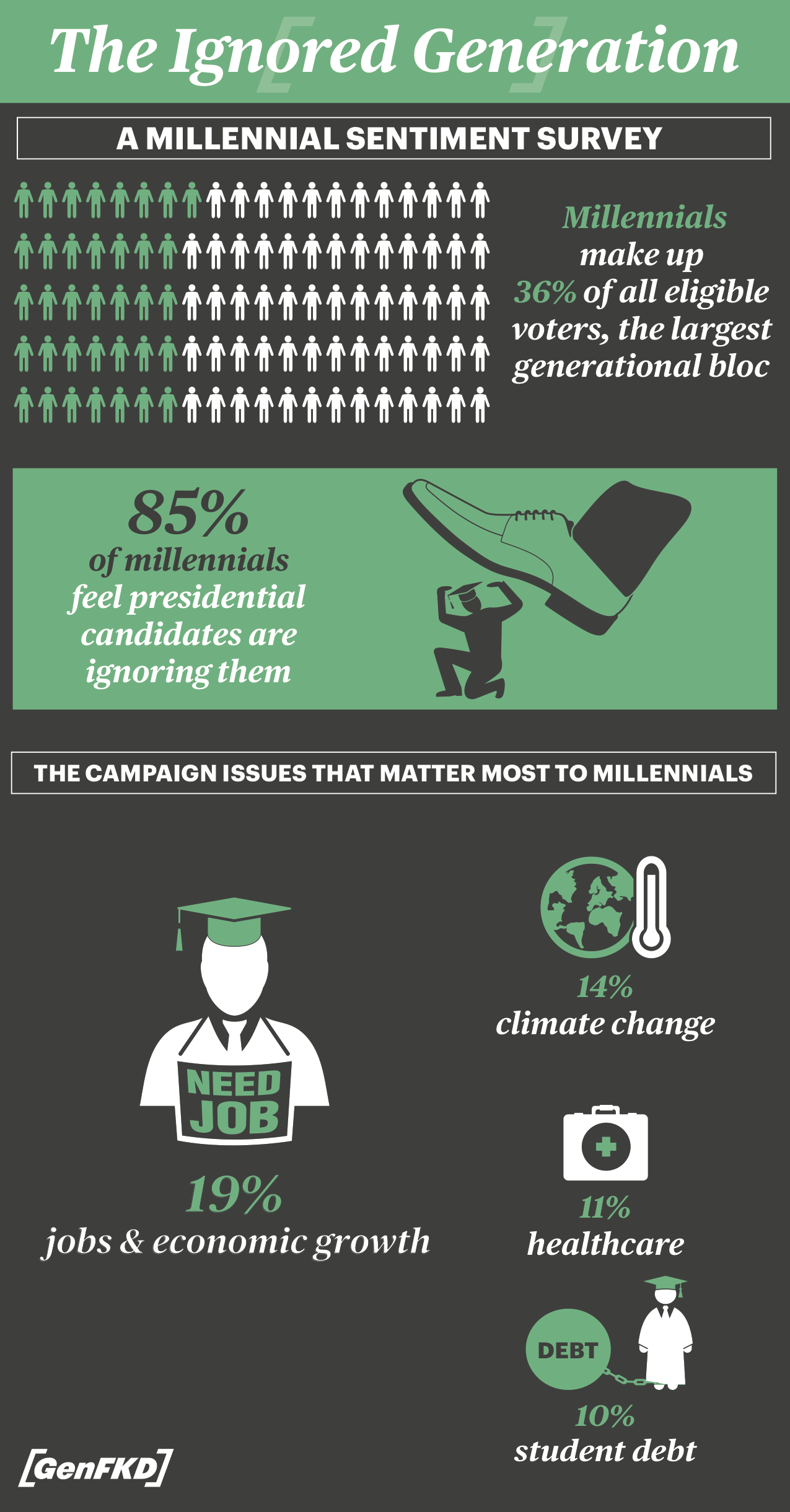

FLORHAM PARK, NEW JERSEY, USA — February 17, 2016 — U.S. students pursuing a degree in engineering are urged to apply by the April 3, 2016, deadline to the 2016 ASCO Industrial Automation Engineering Scholarship program.
ASCO will award two $5,000 scholarships to U.S. engineering students, provide $1,000 grants to their college’s engineering departments, and host the students at “The Amazing Packaging Race” at PACK EXPO International in 2016.
The application period is now open and the deadline to apply is April 3, 2016. Details and forms are available at: http://www.asco.com/en-us/Pages/scholarship.aspx.
“ASCO’s engineering scholarship program will continue to provide opportunities for today’s engineering students,” said Robert W. Kemple, Jr., executive vice president, sales and marketing – Americas, of ASCO, the world’s leading manufacturer of comprehensive fluid automation, flow control, and pneumatics solutions. “At ASCO, engineering and innovation are at the heart of everything we do. We are proud to continue our role in supporting the education of the world’s next-generation of engineering leaders.”
Over the past 9 years, ASCO has awarded $80,000 in scholarships to 16 students based on their potential for leadership and for making a significant contribution to the industrial automation engineering profession. In addition, ASCO has provided another $16,000 in grants to the engineering departments of the colleges in which the winners are enrolled.
The ASCO scholarship is merit-based and will be awarded on the candidate’s potential for leadership and for making a significant contribution to the industrial automation engineering profession, particularly as it relates to the application of fluid control and fluid power technologies. A panel of ASCO executives and independent judges will select the finalists.
To apply, students must be enrolled full-time in an undergraduate or graduate program in an instrumentation, systems, electrical, mechanical, or automation engineering discipline at an accredited U.S. educational institution for the 2016/2017 academic year. Candidates must also maintain at least a 3.2 cumulative GPA on a 4.0 scale, and be a U.S. citizen or legal U.S. resident. The deadline to apply is April 3, 2016. Details and forms are available at http://www.asco.com/en-us/Pages/scholarship.aspx.
ASCO will award the scholarships at “The Amazing Packaging Race” at PACK EXPO International, to take place in Chicago from November 6 – 9, 2016. The race, sponsored by ASCO, is a fun and educational event that pits teams of packaging students, from programs around the country, against each other in a race to gather points by completing tasks at specific PACK EXPO booths.
About ASCO
ASCO, an Emerson company, offers comprehensive solutions of fluid automation products for a broad range of process and manufacturing industry applications. The company’s global scale increases speed to market, its deep expertise across applications transforms ideas into measurable outcomes, and its people create solutions that maximize efficiencies and optimize customer applications. ASCO’s fluid control and pneumatic product lines include a full range of solenoid valves, angle body piston valves, valve manifolds, cylinders, filters, regulators, lubricators and a complete range of accessories. For more information, visit www.asco.com.
About Emerson
Emerson (NYSE: EMR), based in St. Louis, Missouri (USA), is a global leader in bringing technology and engineering together to provide innovative solutions for customers in industrial, commercial, and consumer markets around the world. The company is comprised of five business segments: Process Management, Industrial Automation, Network Power, Climate Technologies, and Commercial & Residential Solutions. Sales in fiscal 2015 were $22.3 billion. For more information, visit Emerson.com.
Media Contact
Don Goncalves
Tiziaini Whitmyre
dgoncalves@tizinc.com
(781) 793-9380










